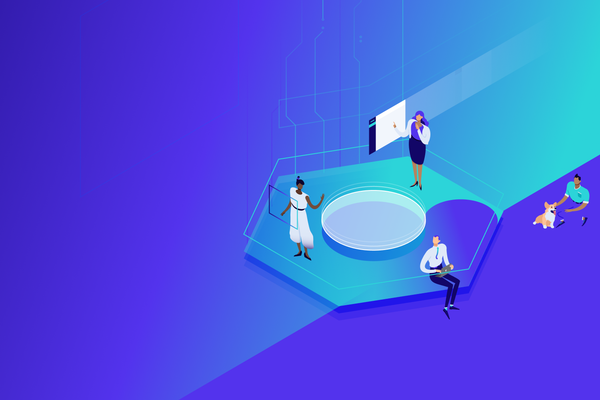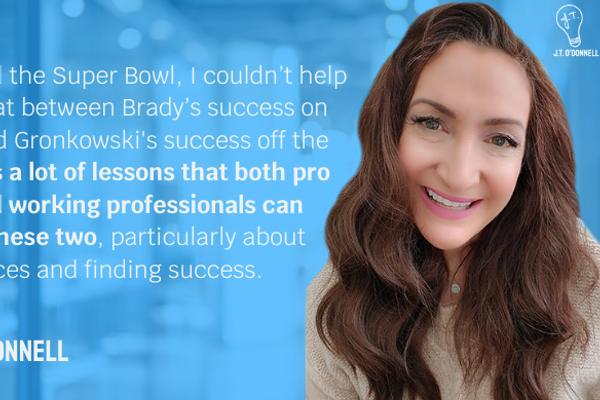Empowering Business Teams To Own Their Software (With IT As A Strategic Partner)

Who typically owns the software at your organization—IT or the business? Many organizations default to IT-led software ownership from historical practices, and then the software may simply be treated as another system to maintain. But in today’s digital world, software is no longer just part of the infrastructure but is a critical business asset that can drive revenue, customer experience, and competitive advantage.
When IT owns the software, they traditionally see software as a system to maintain and focus on items such as security, scalability, and operational integrity. Decisions may be based more on technical efficiency, security, and maintenance, focusing on technical enhancements prioritizing long-term infrastructure costs. In the end, IT-led governance can inadvertently slow down rollouts of new features/functionality and responsiveness to market changes.

Image from Bigstock
Also, if IT owns all the software decisions, the business may feel frustrated with the perception of slow upgrades and enhancements. And if the business bypasses IT and adopts unauthorized tools without oversight, this is referred to as “shadow IT.” Organizations want to minimize the use of “shadow IT” which can create security, compliance, and integration risks.
Without clear business ownership, different departments may purchase software independently. Organizations should clearly establish business leaders as the primary decision-makers on features, enhancements, and vendor selections while IT provides guidance and execution support focusing on cybersecurity, infrastructure scalability, and integration into broader enterprise architecture. When defining what “software success” looks like, instead of making IT metrics (e.g., uptime and bug fixes), it should be based on other key performance indicators (KPIs) such as operational efficiency, revenue impact, user adoption, and customer satisfaction.
Ownership means decision-making power, which should drive accountability for business outcomes and prioritization based on organizational goals. When the business takes ownership, software can better align with strategic goals instead of misaligned initiatives.
The business would own the strategy, vision, and value realization of the software, and business users take greater ownership of training, adoption, and continuous improvement. The business will focus on business value and treat the software as a product that drives revenue, efficiency, or customer experience. Business leaders focus on competitive advantage and customer-driven improvements, ensuring that changes and enhancements are aligned with market demands. The business will make and lead decisions on requirements, investments, and prioritization understanding the vendor’s roadmap while IT is a strategic partner in execution. Let’s shift the mindset that software should be business-owned and IT-enabled.

Image from Bigstock
In the end, organizations need to manage software costs and budget for value. IT should manage cost-efficient implementation and scaling, while business leaders focus on the total cost of ownership (TCO) including licensing, maintenance, and scalability.
Software is no longer just a technology tool—it’s a strategic business asset that is a business enabler. When the business owns its software, it ensures that the technological investment aligns with strategic goals, prioritizes customer needs, and delivers real value. IT still plays a crucial role in ensuring security, scalability, and integration, but its function shifts from gatekeeper to partner. Organizations that embrace this model will break free from outdated silos and be more customer centric. The question is no longer who should own the software—it’s whether your business is ready to take the lead and drive the future forward.
For more information about business-led software ownership, follow me on LinkedIn!
- Unleashing Individuality: Empowering People Through AI ›
- Executive Spotlight: How To Manage Change In An Organization ›
- How To Improve Help Desk Performance ›

 Bigstock
Bigstock Bigstock
Bigstock Bigstock
Bigstock


